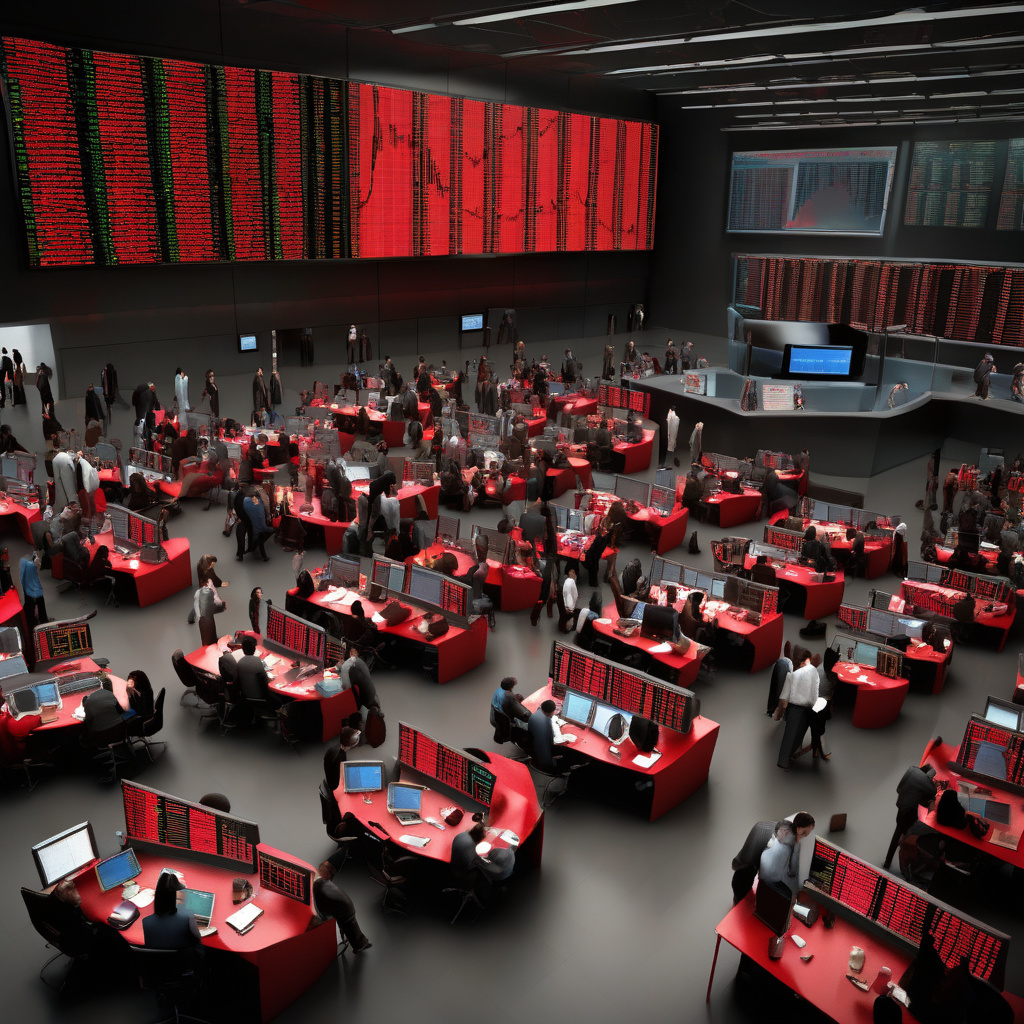In the realm of economics, the term “global recession” often sparks concern and speculation among professionals and the public alike. When people refer to a global recession, they are alluding to a phenomenon where economic output per person experiences a widespread decline across numerous countries simultaneously. This occurrence is not only a matter of numbers but also deeply impacts various aspects of society, from employment rates to consumer spending habits.
During a global recession, businesses face a multitude of challenges. Reduced consumer confidence leads to decreased spending, causing companies to scale back operations, lay off employees, or even shut down entirely. As a result, unemployment rates soar, creating a ripple effect that further dampens economic growth. In such times, industries across the board—from manufacturing to services—feel the strain, struggling to stay afloat amidst shrinking profit margins and dwindling demand.
One of the defining characteristics of a global recession is its interconnected nature. Unlike a localized economic downturn that may be contained within a single country or region, a global recession transcends borders, affecting nations worldwide. This interdependence amplifies the impact of economic shocks, as disruptions in one part of the world swiftly reverberate across continents, triggering a domino effect of financial instability.
The 2008 financial crisis serves as a stark reminder of the far-reaching consequences of a global recession. Originating in the United States with the collapse of the housing market, the crisis quickly spread to other regions, sending shockwaves through international markets and leading to a widespread economic downturn. Stock markets tumbled, banks teetered on the brink of insolvency, and governments scrambled to implement emergency measures to stabilize their economies.
In the face of a global recession, policymakers are tasked with navigating complex economic landscapes to mitigate the impact on their countries. Central banks often resort to lowering interest rates to stimulate borrowing and spending, while governments implement fiscal stimulus packages to inject capital into key sectors and create jobs. These measures aim to bolster confidence, spur economic activity, and pave the way for recovery in the aftermath of a recession.
As businesses and individuals weather the storm of a global recession, adaptability and resilience become paramount. Companies must innovate and diversify to stay competitive in challenging times, while workers may need to acquire new skills or explore alternative career paths to remain employable amid shifting market dynamics. By embracing flexibility and embracing change, stakeholders can position themselves to not only survive but thrive in a post-recession landscape.
In conclusion, a global recession represents a multifaceted economic phenomenon that transcends borders, impacting nations, industries, and individuals on a global scale. While the challenges it poses are significant, so too are the opportunities for growth and transformation that arise in its wake. By understanding the dynamics of a global recession and proactively adapting to its effects, businesses and professionals can navigate uncertainty with resilience and emerge stronger on the other side.
—
Keywords: global recession, economic output, unemployment rates, financial crisis, policymakers, central banks, fiscal stimulus, economic downturn, resilience, market dynamics

